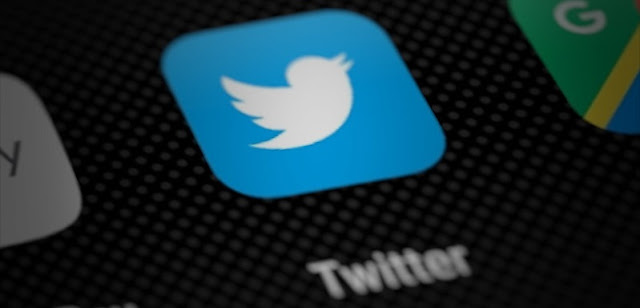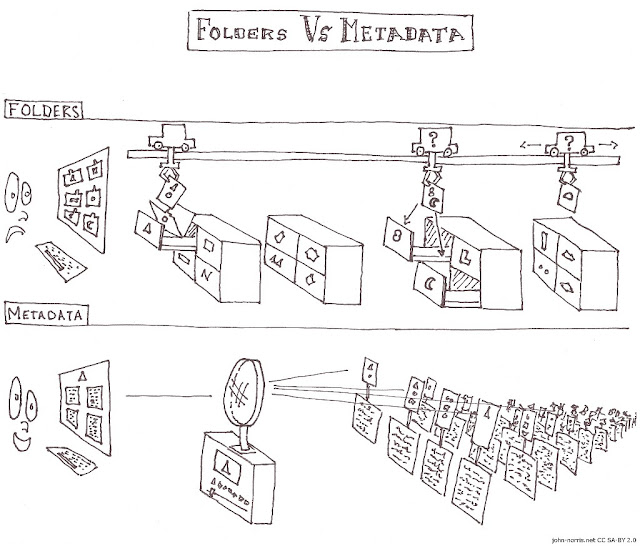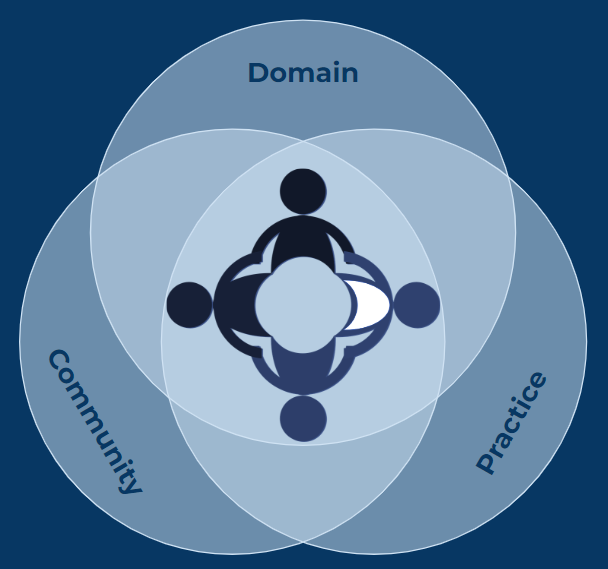What is Twitter?
Twitter is a social media website that allows users to share short posts of a maximum of 280 characters in length. Users can "follow" other users so that when they post something of their own it shows up in the user's newsfeed. Tweets can also be used to share uploaded images, and some externally hosted media such as videos (e.g. those hosted at YouTube) can be viewed without leaving the page just by including the appropriate URL in the message. Tweets can be interacted with by replying to, sharing (known as "retweeting," which can be done with or without adding a comment of your own) and "liking" them, allowing conversations to develop in strings of messages known as "threads".
See below the image for further detail.

|
| Adapted from Twitter app icon on smartphone screen (perspective render) by Yuri Samoilov, CC BY 2.0 |
A Brief History of Twitter
Twitter was launched in 2006 and has since become one of the most popular social media websites with 330 million monthly active users as of early 2019. The choice of name came from its definition as "a short burst of inconsequential information," which fitted the creators' view of the purpose of the service. It can be used via the twitter.com website, but there are also a variety of official and unofficial apps for all common mobile phone and tablet platforms.
Features of Twitter
In addition to the features described in the first paragraph, a key feature of twitter is the ability to include "hashtags": these are a way of denoting the topic of a tweet (e.g. "#DigitalLearning"), and when one is included in a post it automatically becomes a URL that links to a searchable, filterable page listing all tweets containing the same hashtag. Similar methods of tagging posts have become popular across social media websites of all varieties.
It is also possible to "mention" a specific user in a tweet (in order to ask them a question, or point others towards them, for example). Doing so will send the user a notification so that they will have their attention drawn to your tweet. "Mentioning" someone is achieved by typing their username preceded by the "@" symbol. As an example, why not try mentioning me in your own tweet: just type your message and include "@TeaKayB" somewhere in it (you don't need to include the quotes).
Relevance to Heritage Professionals
Networking, training & professional development
People use Twitter for a variety of social purposes, but as it is easy to find people sharing tweets on particular topics, many have found that it to be a useful networking tool. The main professional bodies in the heritage sector all have twitter accounts, and following these can be a great way to start interacting with other people in the heritage sector. Some good examples include:
- @MuseumsAssoc (Museums Association)
- @GEM_Heritage (Group for Education in Museums)
Brand Communication
Twitter is also used by a huge variety of organisations in the heritage sector to keep in touch with their users or fans, and to make announcements to them. Some good examples of museums, galleries and other heritage sector organisations using their Twitter accounts to good effect include:
- @TheMERL (The Museum of English Rural Life)








.png)

Comments
Post a Comment